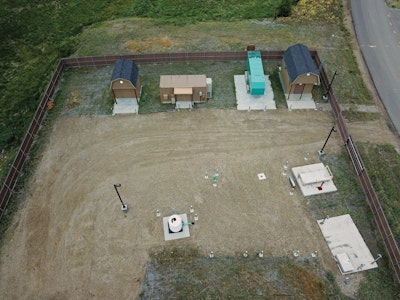An old golf course went out of business in Granby, Colorado, leaving a large parcel of vacant land that a development company soon acquired. An RV park was built and the remaining land was prepared for a planned neighborhood and modular home construction.
The RV park needed an...









